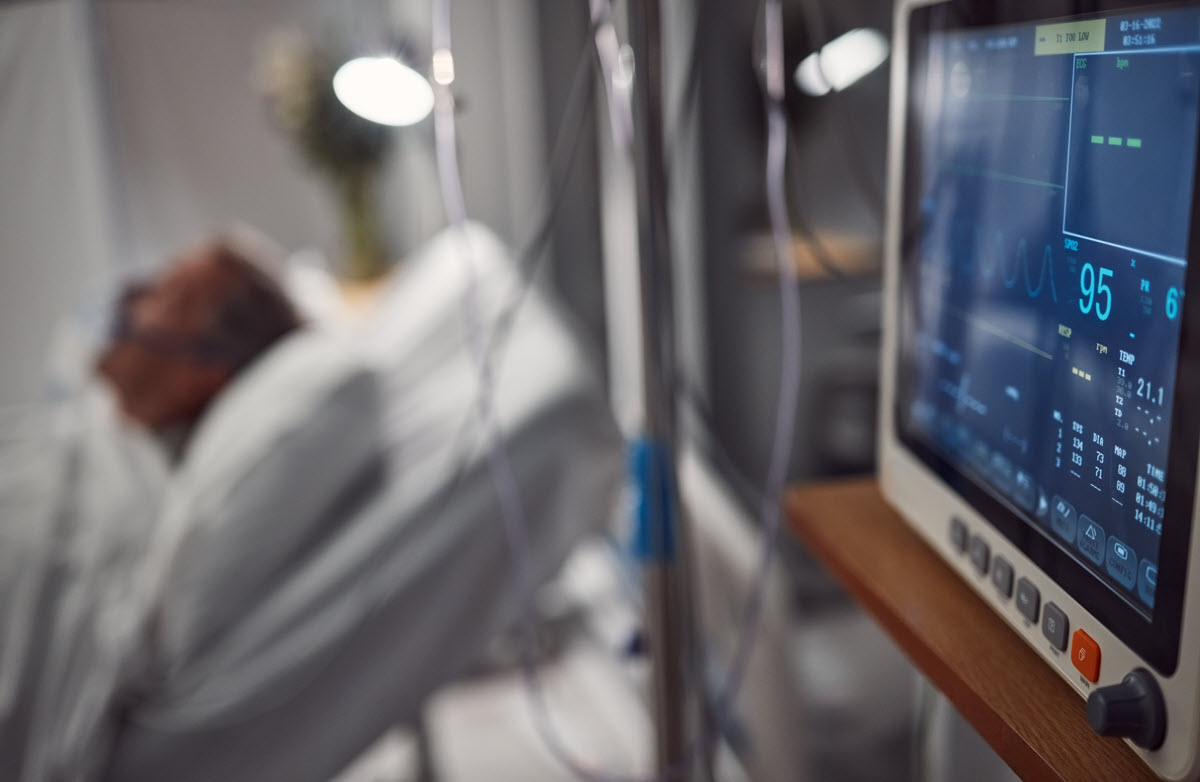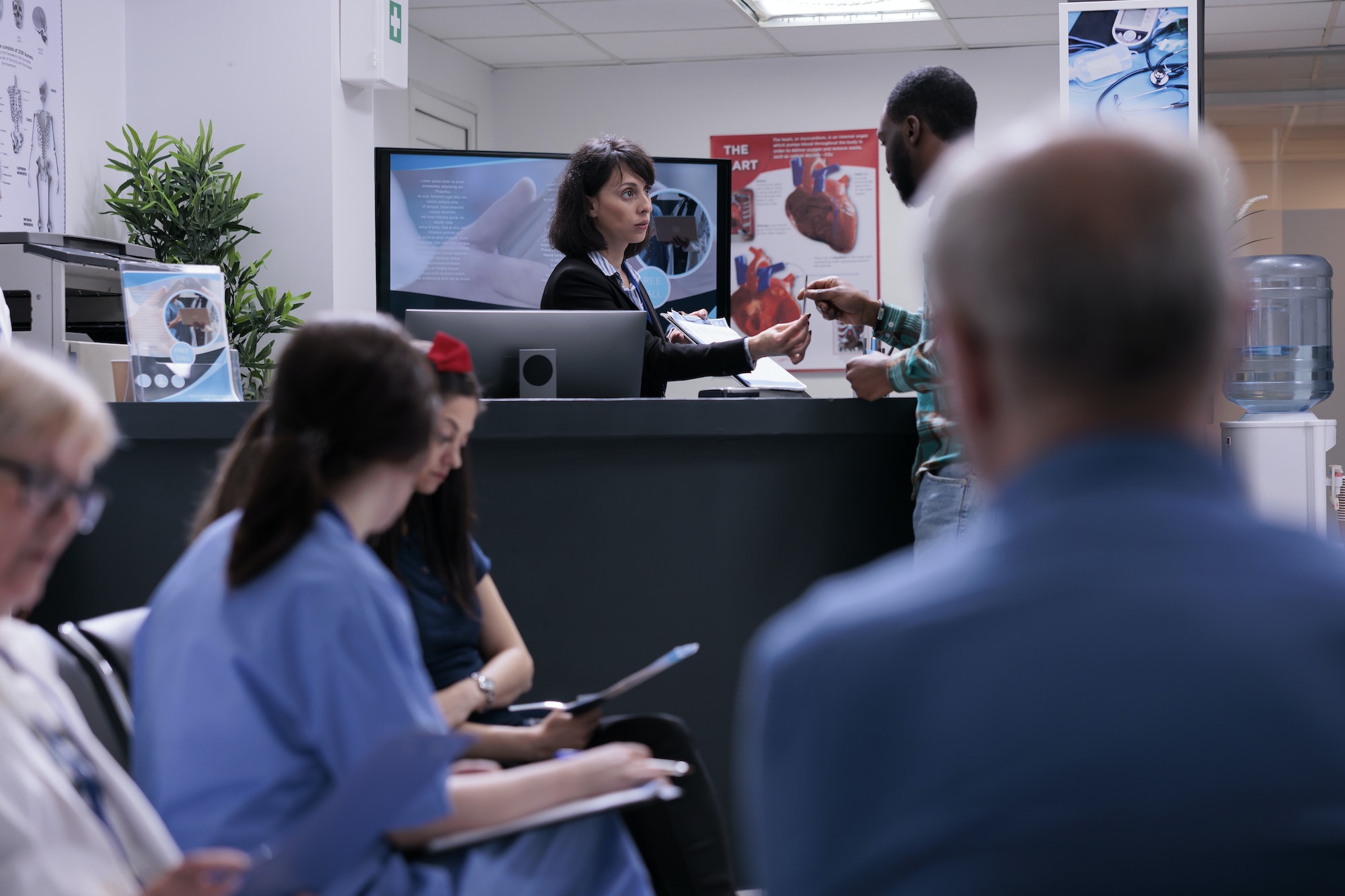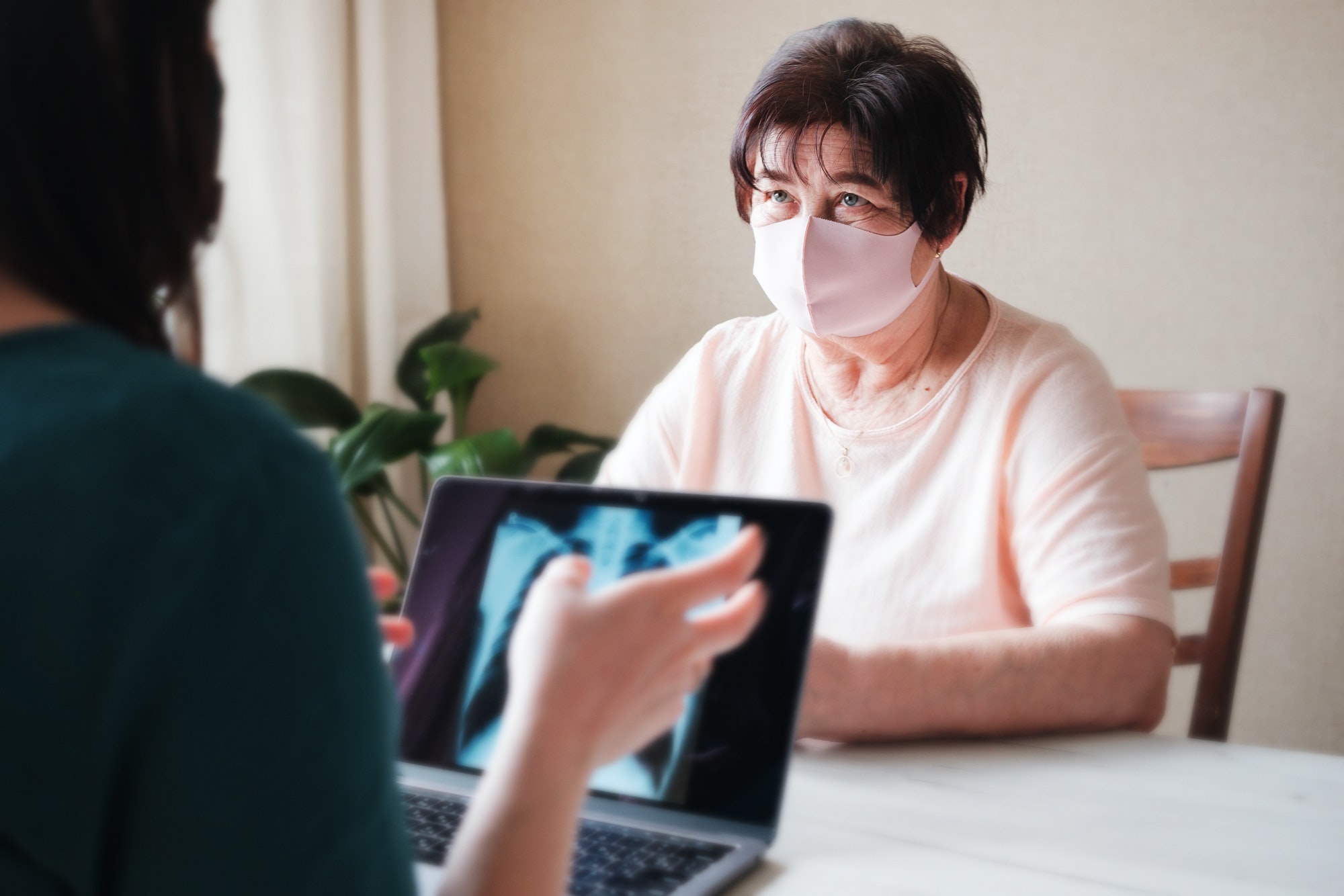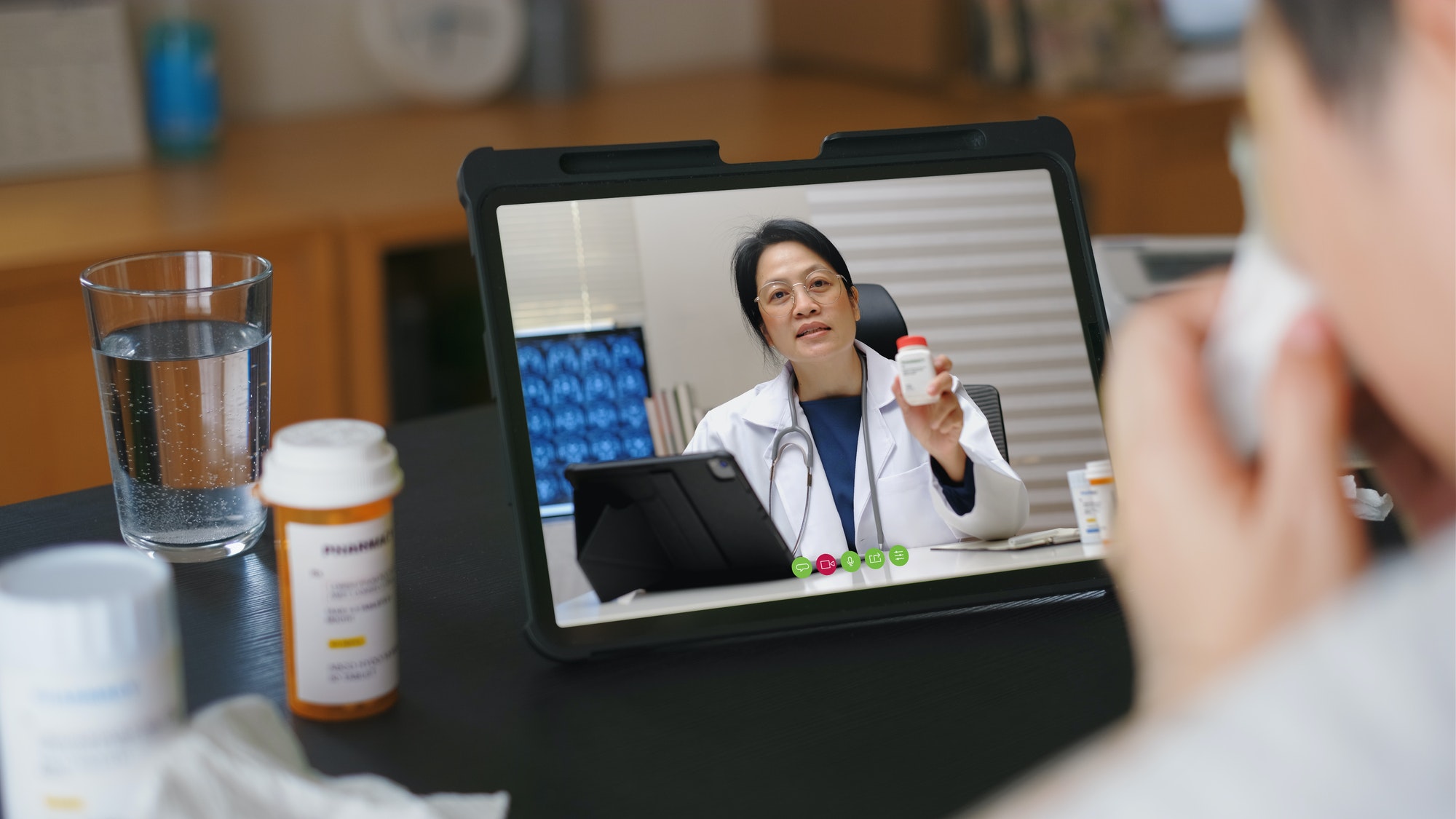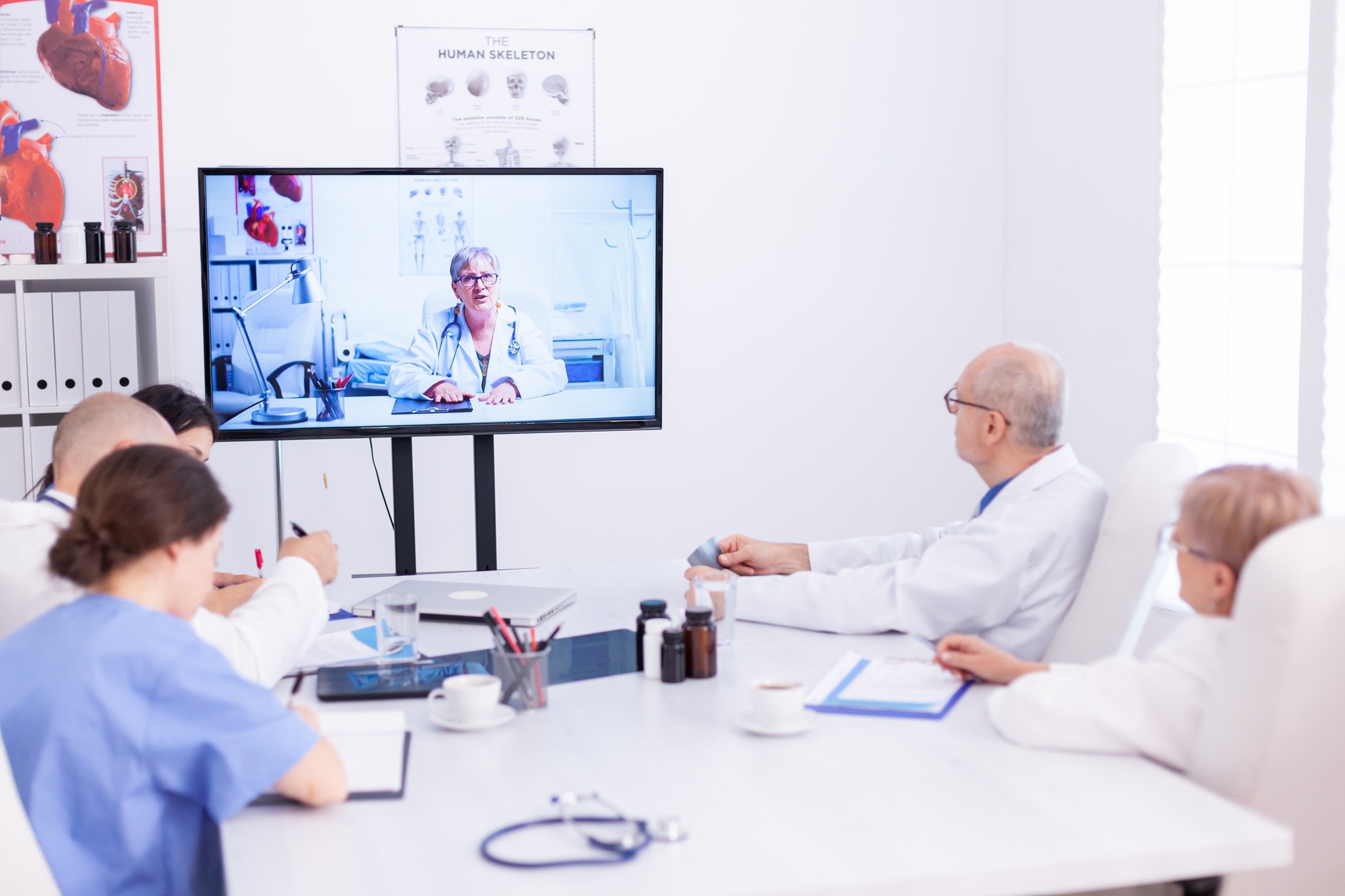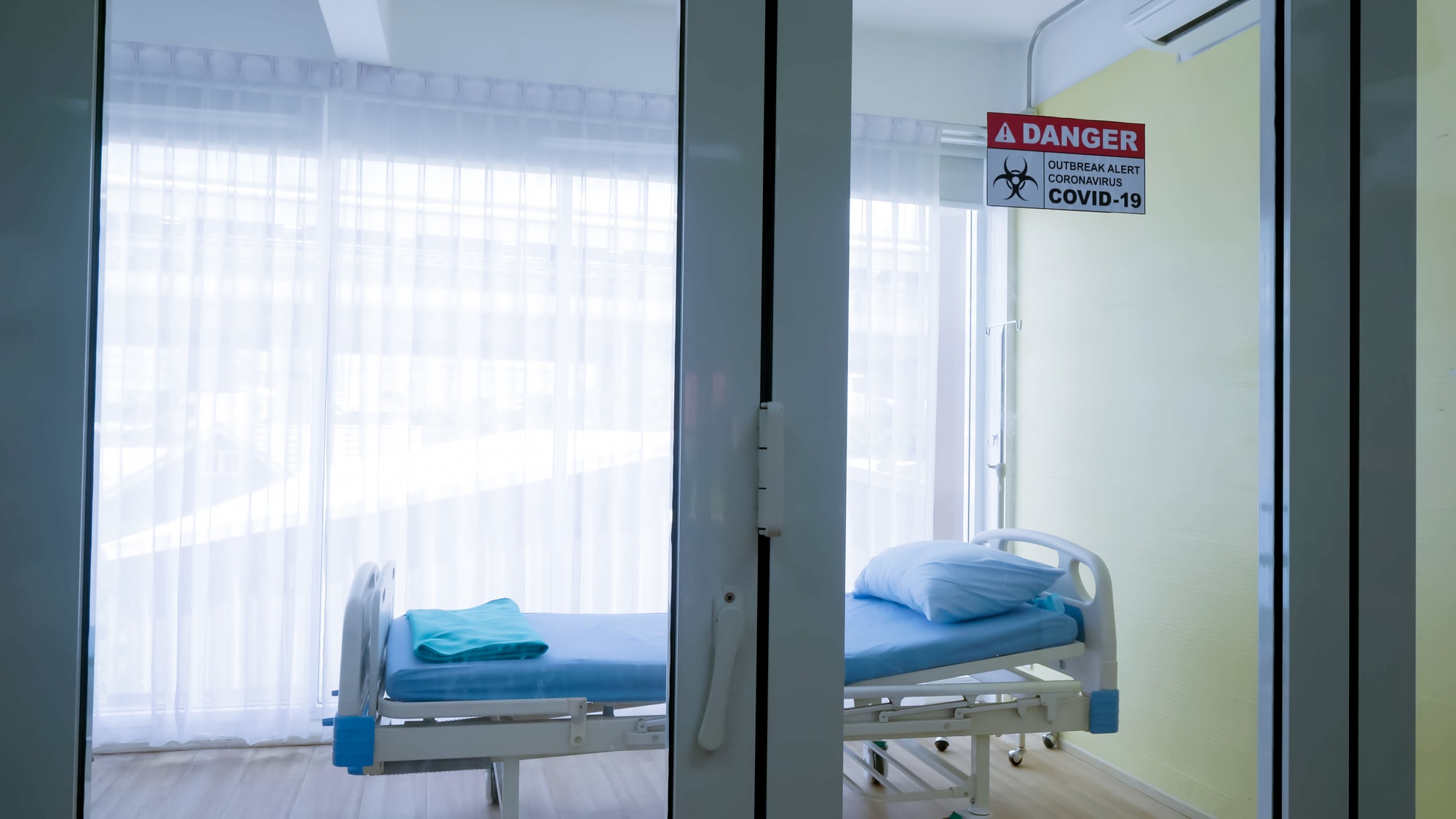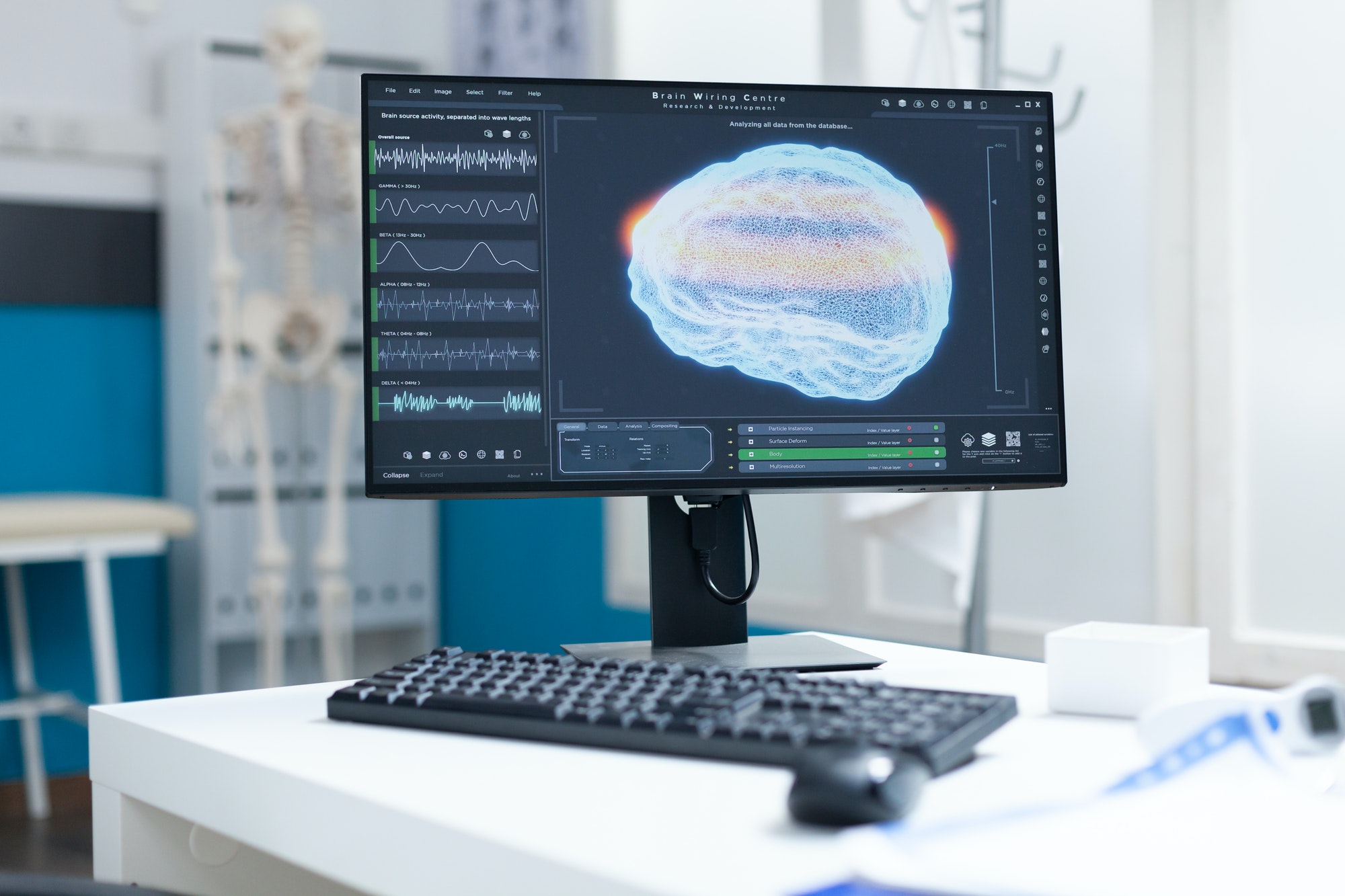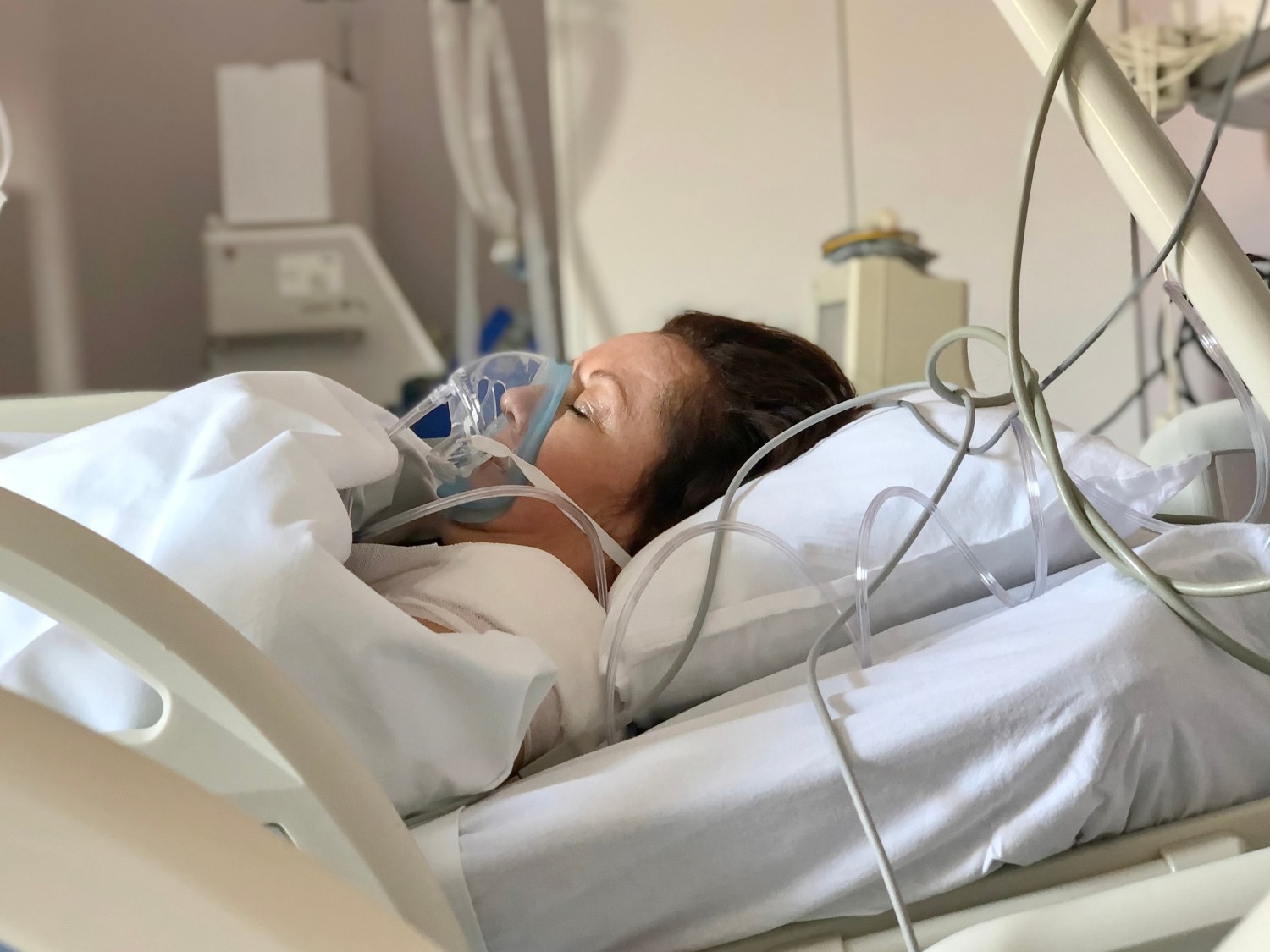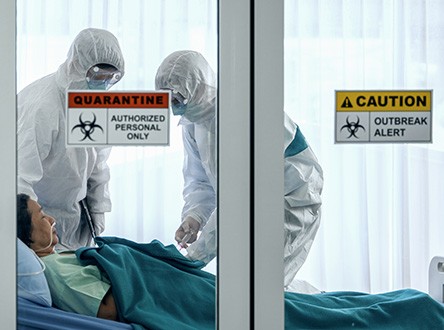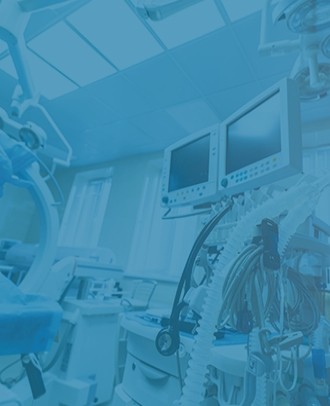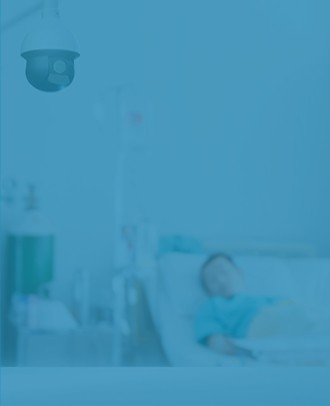DISCLAIMER: The below blog entry was written by an outside, unrelated party and does not necessarily express the opinions or views of or associated with the RemoteICU brand or the individuals associated with the RemoteICU brand. The blog is not necessarily endorsed or supported by RemoteICU nor was the entry reviewed and accepted by individuals associated with RemoteICU. The blog entry is provided simply to address and create interest in topics of import related to telemedicine. Your own independent research and decision-making and seeking of expert / professional opinions are required before you make any decisions whatsoever or form any opinions with respect to any topics addressed therein. By reading the blog entry, you consent to accepting the terms and conditions in this disclaimer.
Whether you are an on-site critical care physician or are considering becoming employed by a TeleICU, the rise of this particular branch of telemedicine is great news. The US, among other countries, is experiencing a shortage of medical professionals, including ICU physicians.
This shortage is being driven by three coinciding factors: an aging population with increased demand for critical care services; the large number of doctors who have burned out recently, particularly during the Covid-19 pandemic; and the insufficient number of physicians training as ICU specialists. There is growing pressure on the remaining ICU doctors, making it virtually impossible for them to provide high quality care to all who require their services. This is sure to result in even more burn-out, making the already-troubling shortage worse.
Hospital administrators are constantly on the lookout for new strategies and tools to alleviate the strain their physicians (and patients) are under. TeleICU programs offer real benefits to both the on-site doctors and to those looking for telehealth physician jobs.
Better Quality of Life
Most would-be critical care physicians enter medical school knowing that they have chosen a taxing career and are unlikely to enjoy a lot of free time during their working years. That said, even the most dedicated physicians are in danger of burnout. There is a limit to the number of hours that a doctor can work and the amount of stress they can endure before their performance and their personal life suffer.
When a hospital adopts a teleICU model, quality of life for on-site physicians can improve dramatically. Instead of being on-call 24/7 (or close to it), doctors are able to go home at the end of the day with peace of mind knowing that their patients are being monitored by competent telemedicine physicians. They can still be called in, but only in cases of emergency situations which can not be managed via virtual care and there is no other choice but to have a critical care doctor physically present at the bedside.
The increased demand for teleICU services also provides an opportunity for board-certified critical care doctors who no longer wish to work the grueling hours taking care of critically ill patients on-site but do not want to leave the field completely. Telehealth physician jobs can enable the doctor to live anywhere they choose and still practice medicine on their own terms. It’s generally done in shifts, which also provides more flexibility in hours.
Ongoing real-time collaboration and communication between the remote critical care doctors staffing the teleICU and the intensivists on the ground in the hospitals allows both physicians to work while they are at work and enjoy their personal lives during non-work hours, knowing that their patients are being well taken care of.
Better Quality of Care
Every doctor strives to provide the best care possible to their patients. The inability to do so in light of the large numbers of ICU patients they must attend to leads to frustration and a sense of being overwhelmed and is one of the driving factors in physician burnout which, in turn, has contributed to the ICU physician shortage. Once a teleICU is in place to support the on-site ICU, physicians are able to provide a much higher level of care to their patients and to the patients’ families. This leads to higher job satisfaction and reduces the exodus of critical care physicians from the field.
On-site doctors are obviously limited in the number of patients they can treat at once based on the number of beds in their particular ICU. Telemedicine physicians, on the other hand, can provide care to many more patients at once. One doctor and 4 ICU nurses in just one teleICU command center can monitor and care for up to 150 patients in ICUs in different geographic locations. This affords many more patients with access to critical care specialists.
With a teleICU, the on-site physicians can focus on the most critical cases in the intensive care unit, while the remote doctors are monitoring the rest. With more hands on deck, it becomes easier to keep track of each patient’s needs and triage and prioritize the most critical cases while still ensuring that nothing falls between the cracks. Minor “crises” can be identified and managed quickly by care specialists before they turn into major catastrophes.
It has already been proven that the addition of teleICU services has decreased the mortality rate and length of stays in ICUs for patients, a clear indication that the health care they are receiving is working.
Happy Doctors Happy Patients
The ICU physician shortage puts patients in danger. In the absence of solutions to this problem the situation will continue to deteriorate as physicians continue to leave the field, thereby leaving more patients without quality care.
TeleICU programs provide an ideal solution for critical care physicians who prefer to continue working at the bedside,as part of a care team in their hospitals and also provide an option for those who may want to take a step back but not leave the field completely. Telehealth physician positions afford a great opportunity for doctors to continue to use their expertise in a lower-stress environment and simultaneously take some of the pressure off of those who do choose to remain at the bedside. The result will be more well-rested and better-prepared doctors who are able to provide a much higher quality of patient care while still maintaining their own quality of life. A win-win for all involved.







